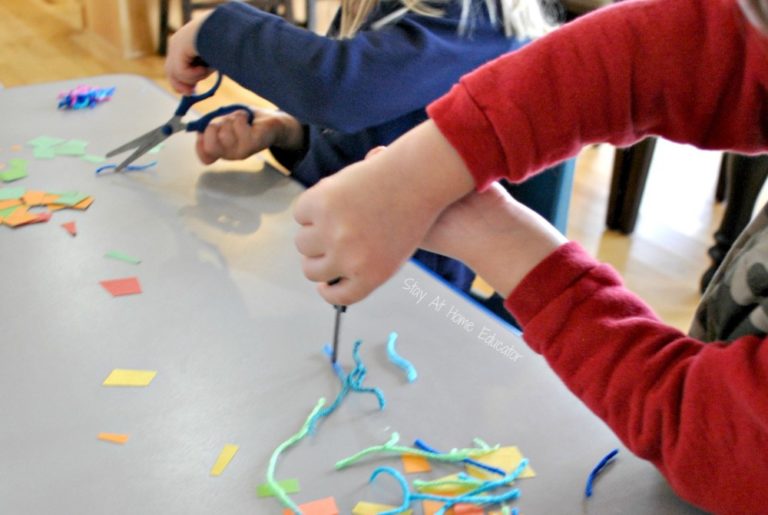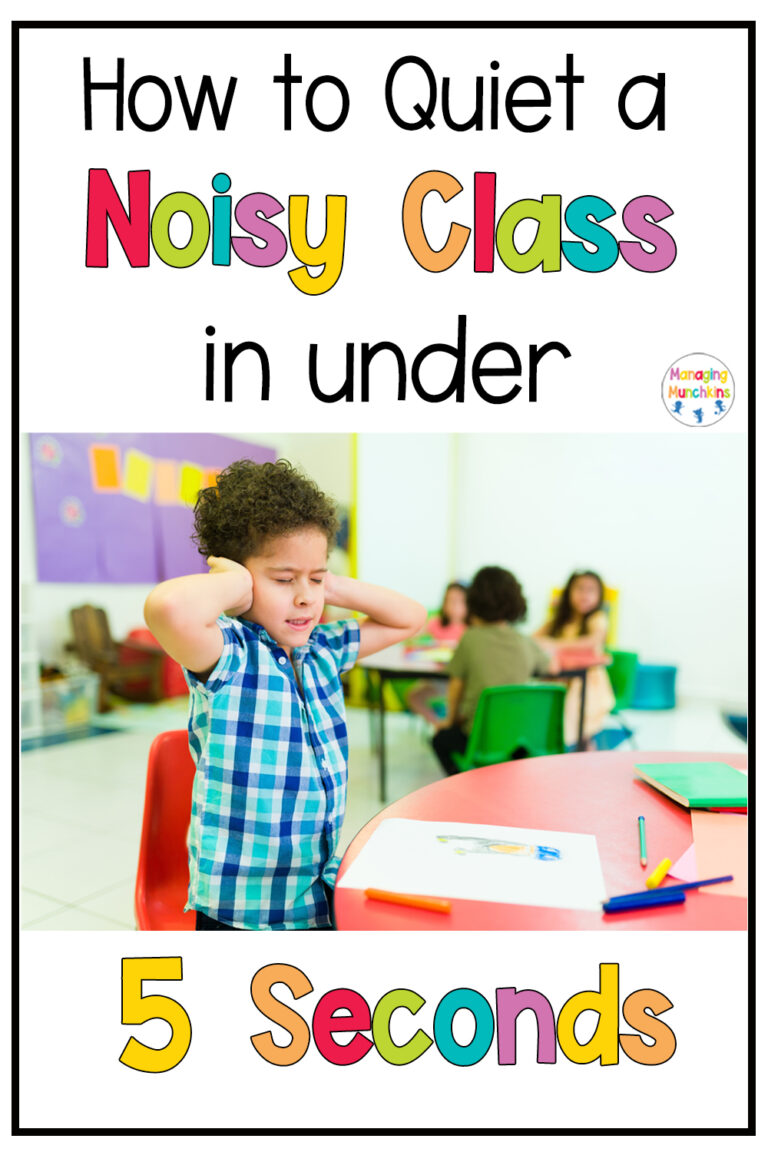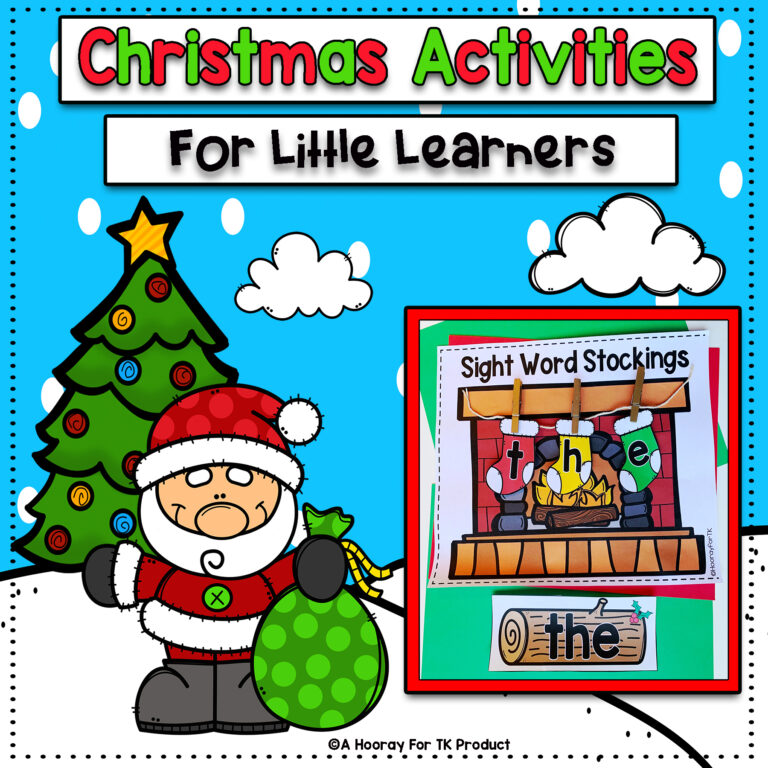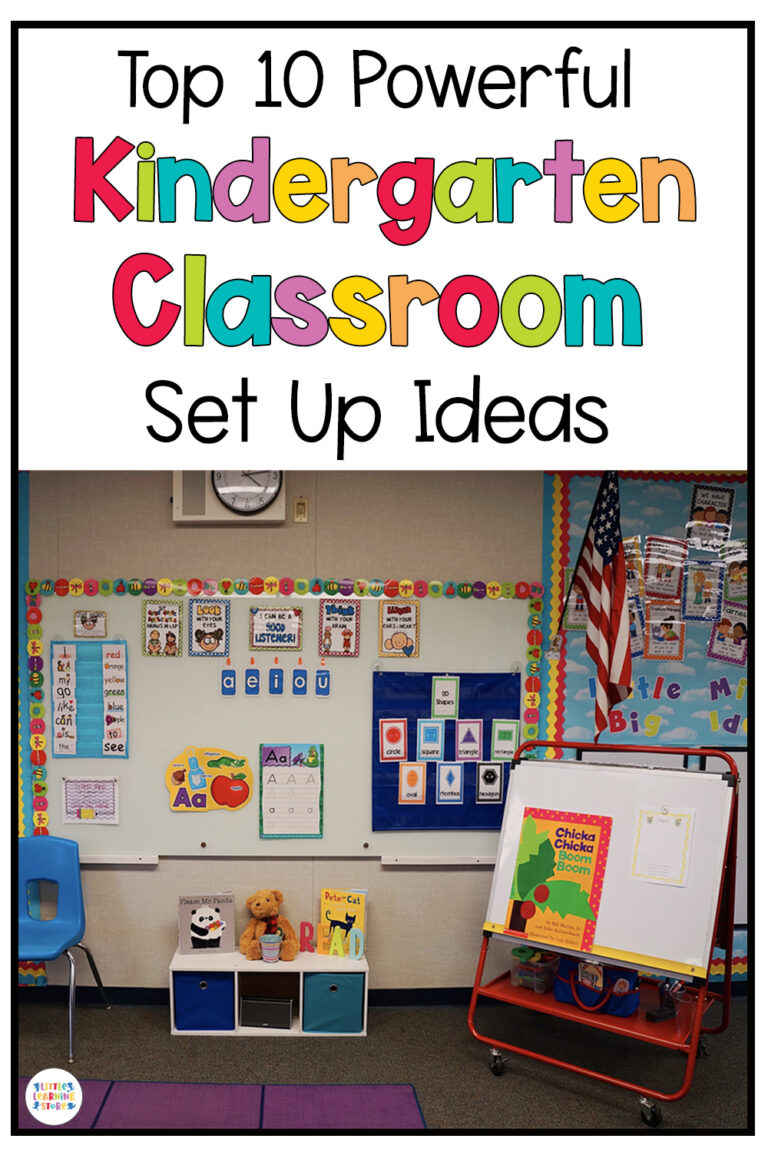Decrease Challenging Student Behavior with a Classroom Visual Schedule
Hi there, I’m Katherine Barker, and today we’re going to talk about how to use a visual schedule in your kindergarten classroom. Visuals are powerful for our young 5-year-old kiddos. Classroom visual schedules are great because they help the kiddos know what to expect. They understand what the day looks like, from beginning to end. This is especially crucial for those kiddos with special needs or autism, and I’ll delve deeper into why a visual schedule is vital for them later.
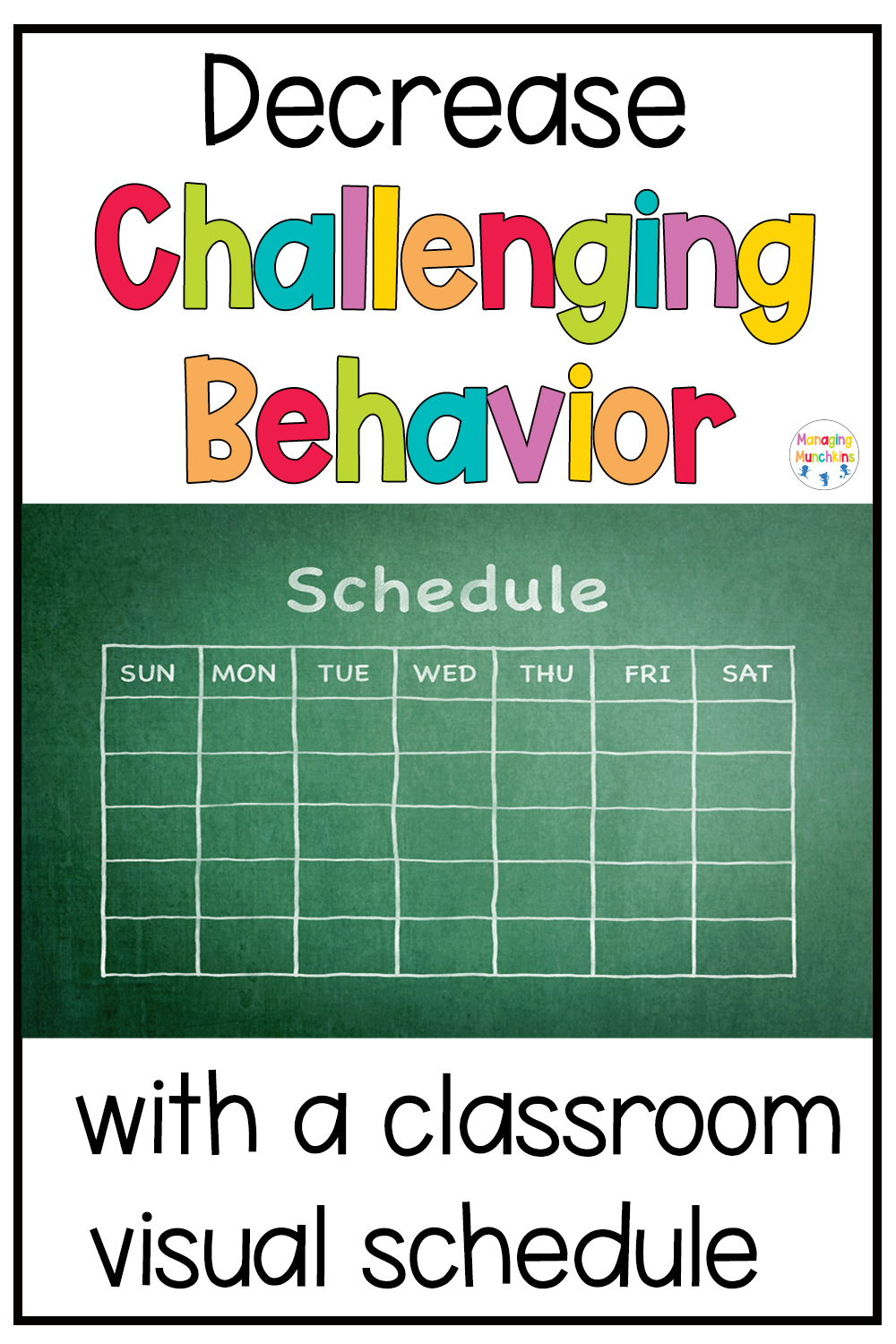
Let’s discuss the best practices for a visual schedule for your classroom. Firstly, ensure that you use it on a daily basis. A great way to do that is to make it a part of your morning routine. Take attendance, greet the morning, and then go over the schedule for the day. Don’t forget to also cover your rules. If you haven’t seen my video on classroom rules with a twist, check it out after this one.
The world can be unpredictable and confusing for students with autism. A routine and a visual schedule can be calming for them. It provides predictability in what might otherwise feel like an unpredictable world. If there’s something out of the routine, especially for students with special needs, inform them in advance. Prepare them for fire drills, earthquake drills, or any unexpected events.
It’s good for all students to know and be prepared for such situations. I once made the mistake of not preparing a student for a fire drill, and it significantly impacted him, creating stress and fear.
For students with autism or special needs, consider creating a modified individual schedule just for them. Break it down into smaller steps with visuals. This predictability and routine are essential for their well-being.
Visual schedules can also help with separation anxiety. For those crying or struggling students, a visual schedule outlining the day and reassuring them that they’ll see their family again can be immensely calming.
In summary, visual schedules are powerful tools for students with special needs, autism, or challenging behavior. They provide a flow and rhythm to the day, creating a predictable routine for everyone involved. Check out my video on classroom rules with a twist for more insights. If you found this video helpful, please like and subscribe. Until then, I’ll see you in the next one. Happy teaching!

